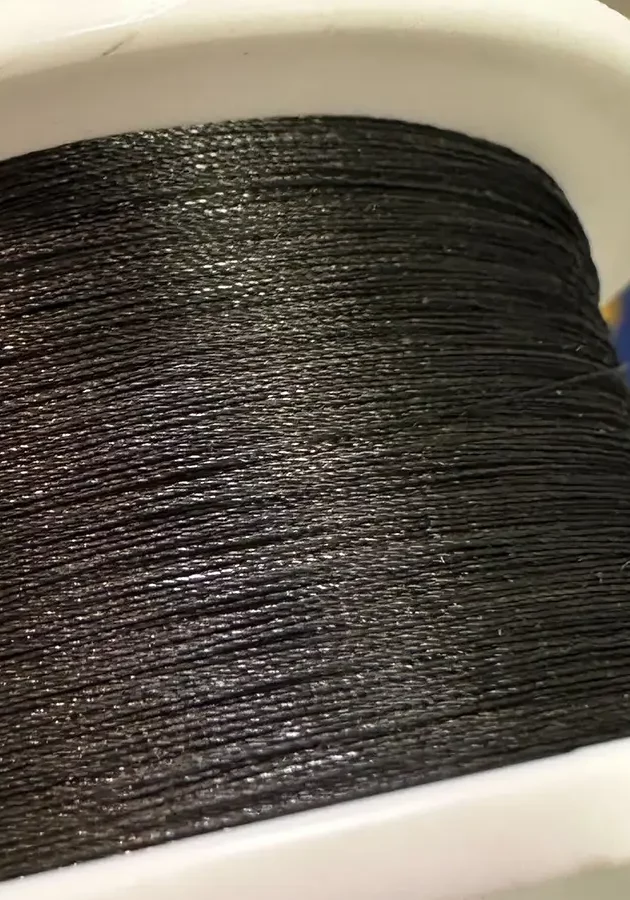KEY BENEFITS
Lighter
80% less dense than copper
Galvorn signal wire and cable present significant lightweighting opportunities for the aerospace, defense, and automotive industries, which increasingly need more sensors and data transmission.
- Galvorn’s density is 1.6 g/cm3
- Copper’s density is 9.0 g/cm3
- Aluminum’s density is 2.7 g/cm3
Stronger
50x stronger than copper
Galvorn is 50 times stronger than copper and 15 times stronger than steel on a per mass basis. This strength can greatly improve efficiency in manufacturing, distribution, and installation. It is especially useful in extreme environments because of its amazing durability.
More flexible
1000x flex life of copper
Galvorn wiring is not only strong, but highly flexible. Unlike copper, it is great for applications that need bending and flexing. This includes robotics, wearable electronics, and medical implants. Even phone charging cables, which are constantly wound and unwound.
Galvorn is an excellent alternative to copper
Galvorn's electrical conductivity is nearly equivalent to copper on a per mass basis: 6150 Sm2/kg for Galvorn vs. 6300 Sm2/kg for copper. Signal wire and cable are applications where the full conductivity of copper is not required, and where less mass can make a big difference.

For example, in working with a potential strategic partner in Formula 1 racing, we demonstrated that replacing 28 AWG copper signal wire with Galvorn wire reduces weight by ~70 grams per 100 m of wire. Considering that signal wire makes up an estimated 50-60% of aircraft wiring and 60-70% of modern vehicle wiring, that kind of weight savings adds up.

This guide provides an overview of Galvorn wiring solutions, including its benefits, considerations, and potential future applications.

DexMat has multiple customers using Galvorn to develop high-end audio cables. Carbon nanotube yarn improves sound quality (and that's just the beginning).